
Neodymium magnets are among the strongest and most versatile types of magnets available today. Their powerful magnetic properties and small size make them essential. It appears in a wide range of industries and everyday applications. In this blog, we'll explore some of the most common and interesting uses of neodymium magnets.
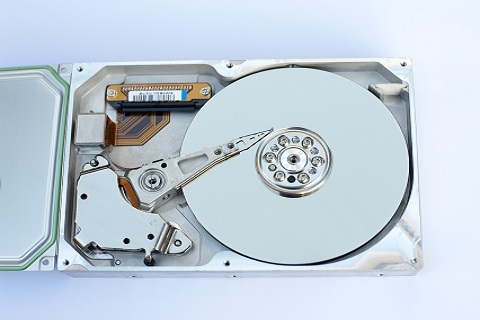
One of the most well-known uses of neodymium magnets is in hard disk drives (HDDs). These magnets are critical for the operation of HDDs, which store vast amounts of digital data. Inside a hard disk drive, neodymium magnets are used to move the read/write head quickly and precisely over the spinning disks. This allows data to be read from and written to the disks efficiently and accurately.
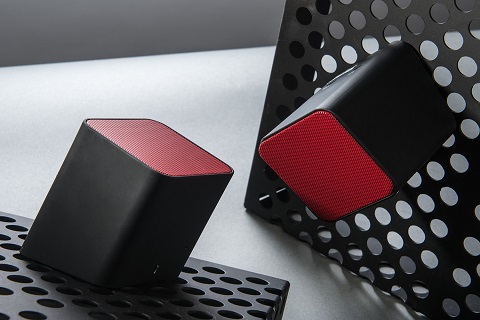
Neodymium magnets play a crucial role in various audio equipment. For example, speakers, headphones, and microphones. In speakers, these magnets interact with an electric current to create sound by moving the speaker cone. Microphones work in the opposite way. They convert sound waves into electrical signals using a diaphragm and coil system powered by neodymium magnets. This results in clear and high-quality audio reproduction and recording.

Magnetic Resonance Imaging (MRI) scanners are essential medical devices. They use large neodymium magnets to produce detailed images of the inside of the human body. The strong magnetic field generated by these magnets aligns the protons in the body, which are then disturbed by radio waves. As the protons return to their original state, they emit signals that are used to create detailed images of tissues and organs. This can help doctors diagnose and treat various medical conditions.
Magnetic therapy, although not scientifically proven, is a popular alternative treatment method. It is believed to relieve pain and improve blood flow. Neodymium magnets are commonly used in magnetic therapy products. For example, bracelets, necklaces, and patches. Many people swear by the benefits of magnetic therapy for conditions like arthritis, headaches, and chronic pain.

In industrial settings, neodymium magnets are used in lifting machinery. It's used to move heavy ferrous objects, such as steel plates and beams. These magnets can generate a powerful magnetic field that securely holds the load. They allow the load to be lifted and moved safely and efficiently. Switchable release magnets with neodymium cores provide a convenient and quick-release mechanism. This makes them ideal for use in manufacturing and construction.
Neodymium magnets are vital components in many electric motors and generators. In electric motors, they work alongside electromagnets. They work together to convert electrical energy into mechanical energy. Conversely, in generators, they help convert mechanical energy into electrical energy. This is achieved by moving a conductor through a magnetic field. This technology is used in a wide range of applications. It's useful from household appliances to electric vehicles and renewable energy systems.

Magnetic separators are used in various industries to remove ferrous contaminants from materials. Neodymium magnets are often used in these systems due to their strong magnetic properties. These separators are commonly found in food processing, recycling, and mining industries. They help ensure the purity and quality of the final product by removing unwanted metallic particles.

Neodymium magnets are widely used in door catches in homes, offices, and public buildings. These magnets provide a strong and reliable hold. This ensures that doors stay securely closed until they are deliberately opened. The strong magnetic force of neodymium magnets makes them ideal for this purpose, as they can hold even heavy doors in place with ease.

Small neodymium magnets are used in various types of jewelry, including clasps for necklaces and bracelets. These magnets provide a secure and easy-to-use fastening mechanism. This allows wearers to put on and take off their jewelry quickly and without hassle. Because neodymium is the strongest magnetic material available, even tiny magnets can provide a strong hold.
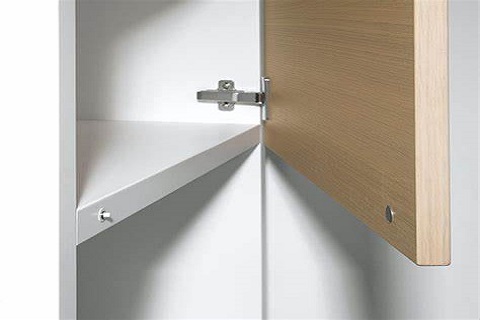
Neodymium magnets are incredibly useful for DIY and home improvement projects. They can be used to create magnetic closures for cabinets and drawers. They can also hang pictures and artwork without nails, and even fix furniture. Their small size and powerful magnetic force make them perfect for a wide range of tasks around the home.

Crafters and model-makers often use neodymium magnets. They use these magnets to create movable parts and secure components in place. These magnets are popular in hobbies like miniature war gaming. In these applications, they can be used to configure models and hold pieces together. They are also used in handmade stationery and cards, providing a unique and functional touch to creative projects.
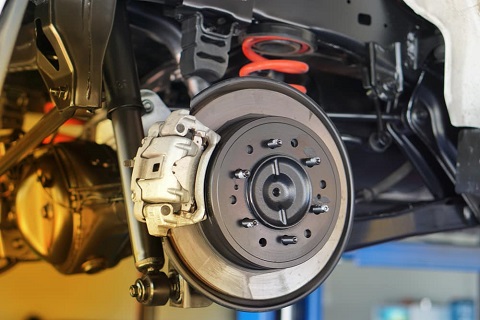
In vehicles, neodymium magnets are used in passive ABS sensors. They help monitor wheel speed and ensure safe braking. These sensors consist of magnets wrapped inside copper coils. As the ABS reluctor ring rotates, a voltage is induced in the copper wire. It then sends signals to the vehicle's computer system to manage braking pressure and prevent wheel lockup.
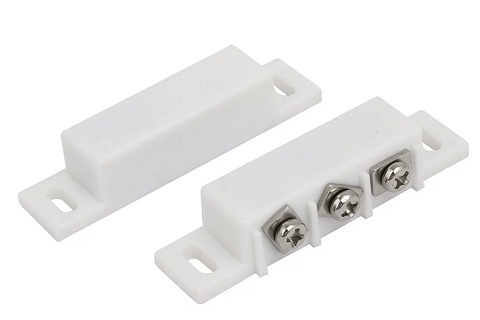
Reed switches are another common application of neodymium magnets. These switches are operated by a magnetic field and consist of contacts placed on ferrous reeds inside a sealed glass tube. When a neodymium magnet is brought close to the switch, it activates or deactivates the contacts. Reed switches are often used in security systems to detect the opening and closing of doors and windows.

In retail environments, neodymium magnets are used in point of sale (POS) displays to hold signs and advertising materials in place. These magnets provide a clean and professional look. This allows businesses to easily change and update their displays. They are also used to suspend signs from steel ceilings. This can create eye-catching and flexible advertising solutions.
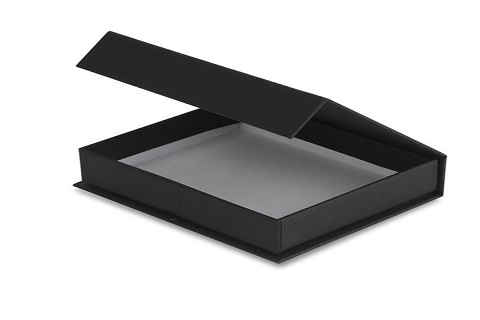
In the print finishing industry, neodymium magnets are often used. They are used as hidden closures for brochures, binders, boxes, menus, and high-end packaging. Their small size and strong magnetic force make them perfect for this purpose. They provide a discreet and secure closure that enhances the overall quality and appearance of the finished product.

Magnetic bearings use the principle of magnetic levitation to support moving parts without physical contact. Neodymium magnets are used in these bearings to create a magnetic field that suspends the moving part, reducing friction and wear. This technology is used in various high-speed and high-precision applications. For example in turbines, compressors, and advanced machinery.
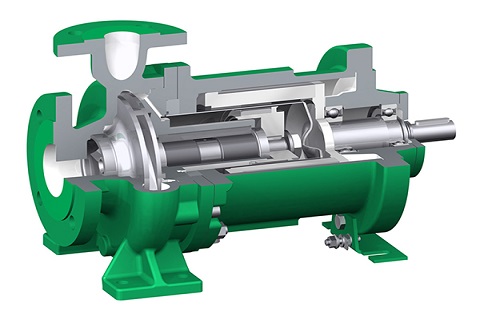
Magnetically coupled pumps use neodymium magnets to transfer motion from the motor to the impeller without direct mechanical contact. This design prevents leaks and reduces wear, making these pumps ideal for handling hazardous or corrosive fluids. They are commonly used in chemical processing, pharmaceuticals, and other industries. In these industries, contamination and leakage must be minimized.

Neodymium magnets are used in various magnetic levitation devices. For example in maglev trains and levitating gadgets. These magnets provide the strong magnetic fields necessary to lift and propel objects without physical contact. Maglev trains, for example, use magnetic levitation to achieve high speeds with minimal friction. This can offer a futuristic and efficient mode of transportation.
Neodymium magnets are revolutionizing countless industries with their exceptional strength and versatility. From medical imaging and industrial applications to creative DIY projects and everyday household uses, these powerful magnets continue to unlock new possibilities and drive innovation. As technology advances, we can expect even more groundbreaking applications for neodymium magnets. They would be an indispensable part of our modern world. Embrace the magnetic revolution and discover how neodymium magnets can enhance your life and work. AEMagnet can provide high quality neodymium magnets. Contact us immediately for the latest product information.
Posted on October 14, 2024 by MagnetAdmin
Posted on July 12, 2024 by MagnetAdmin
Posted on June 07, 2024 by MagnetAdmin
Posted on October 10, 2023 by MagnetAdmin
Posted on September 19, 2023 by MagnetAdmin
Posted on August 07, 2023 by MagnetAdmin
Posted on July 06, 2023 by MagnetAdmin
Posted on October 10, 2023 by MagnetAdmin
Posted on June 27, 2023 by MagnetAdmin
Posted on June 07, 2024 by MagnetAdmin

